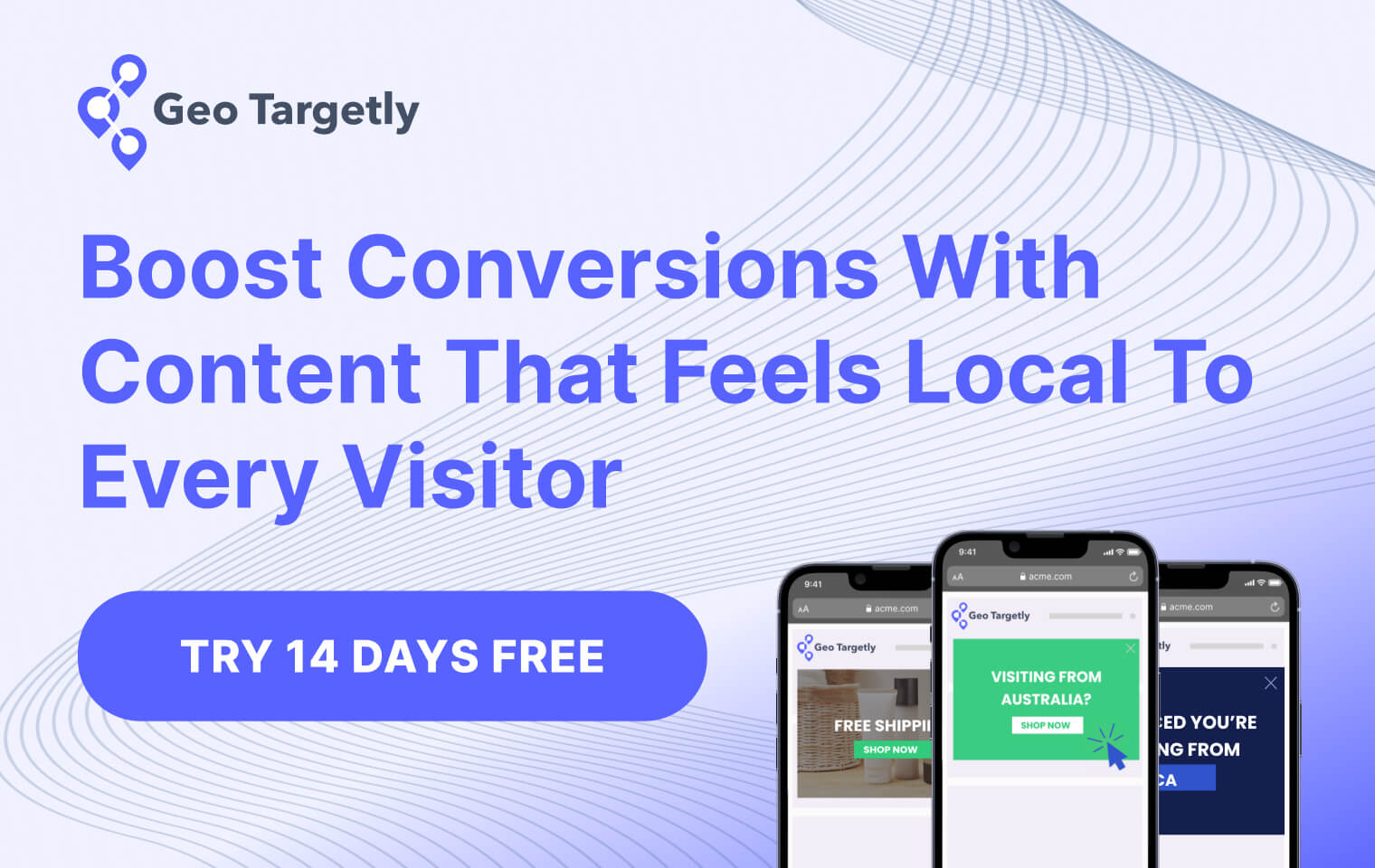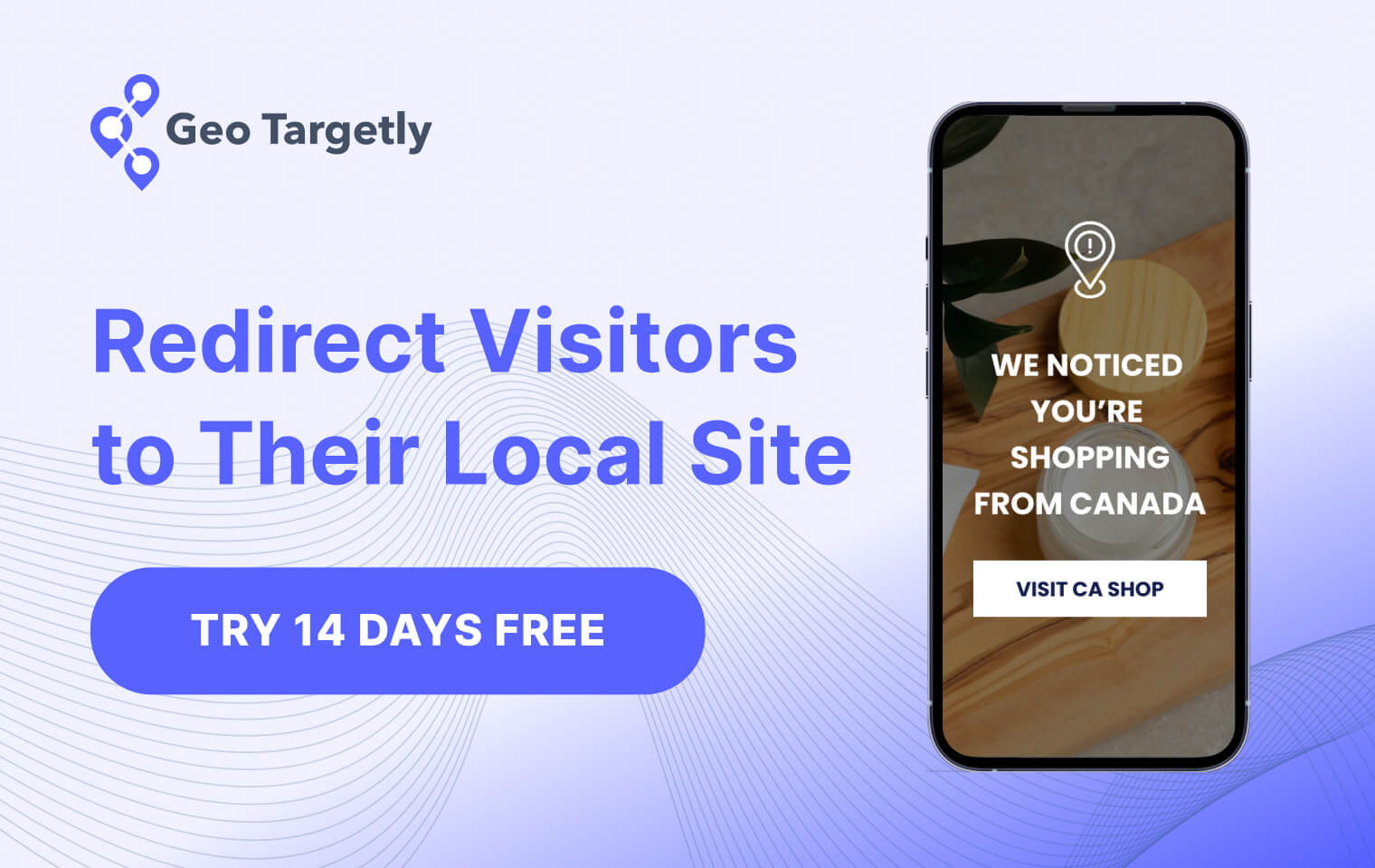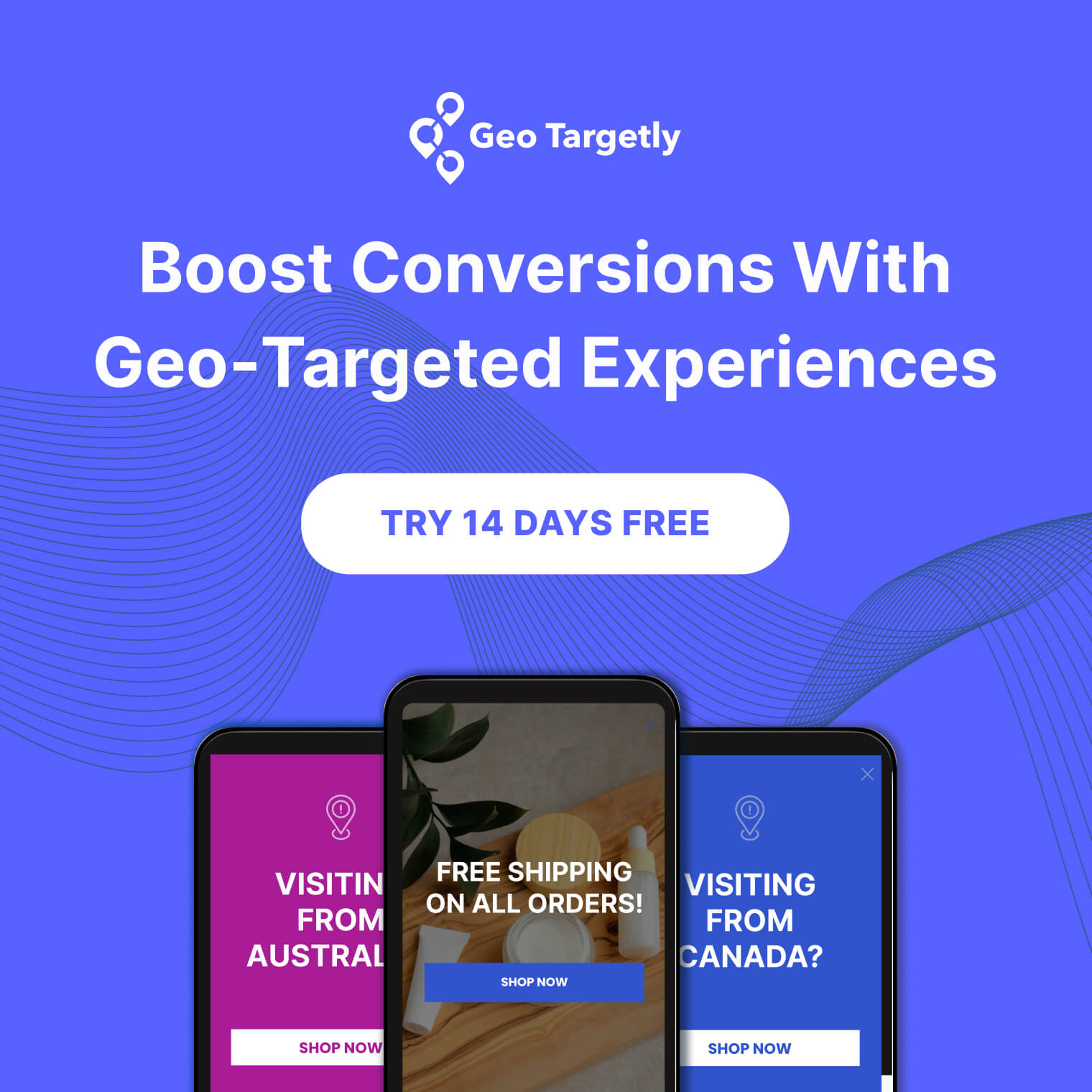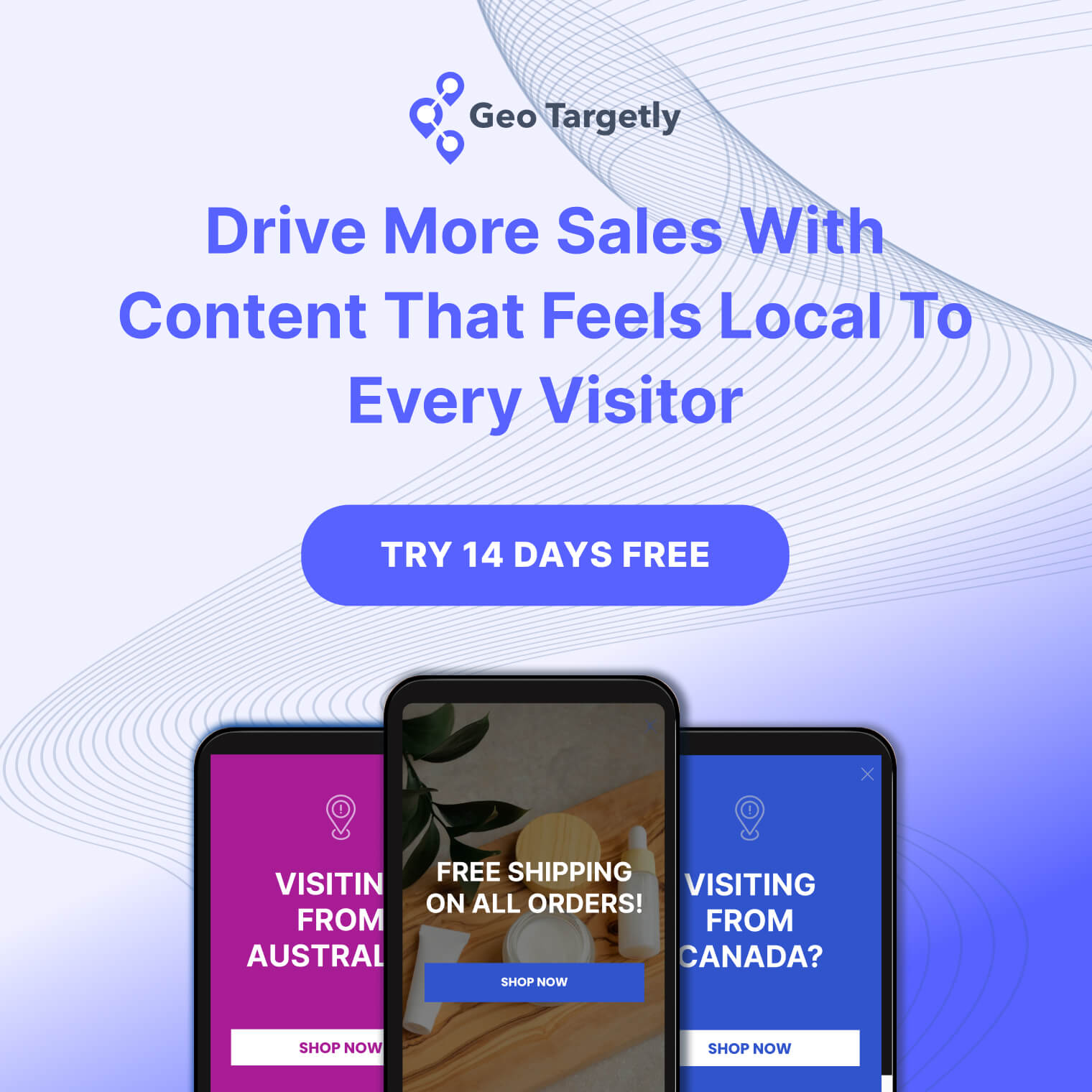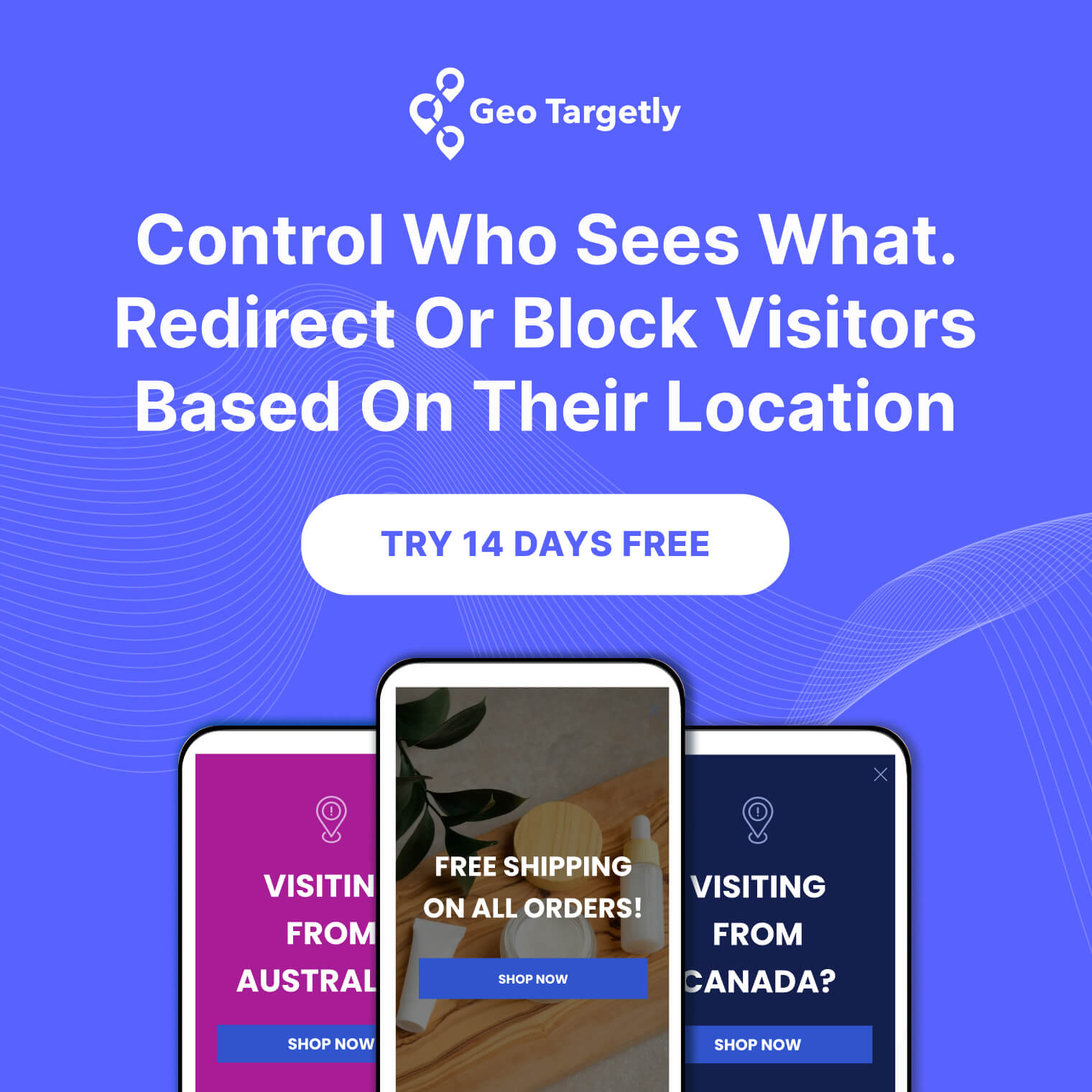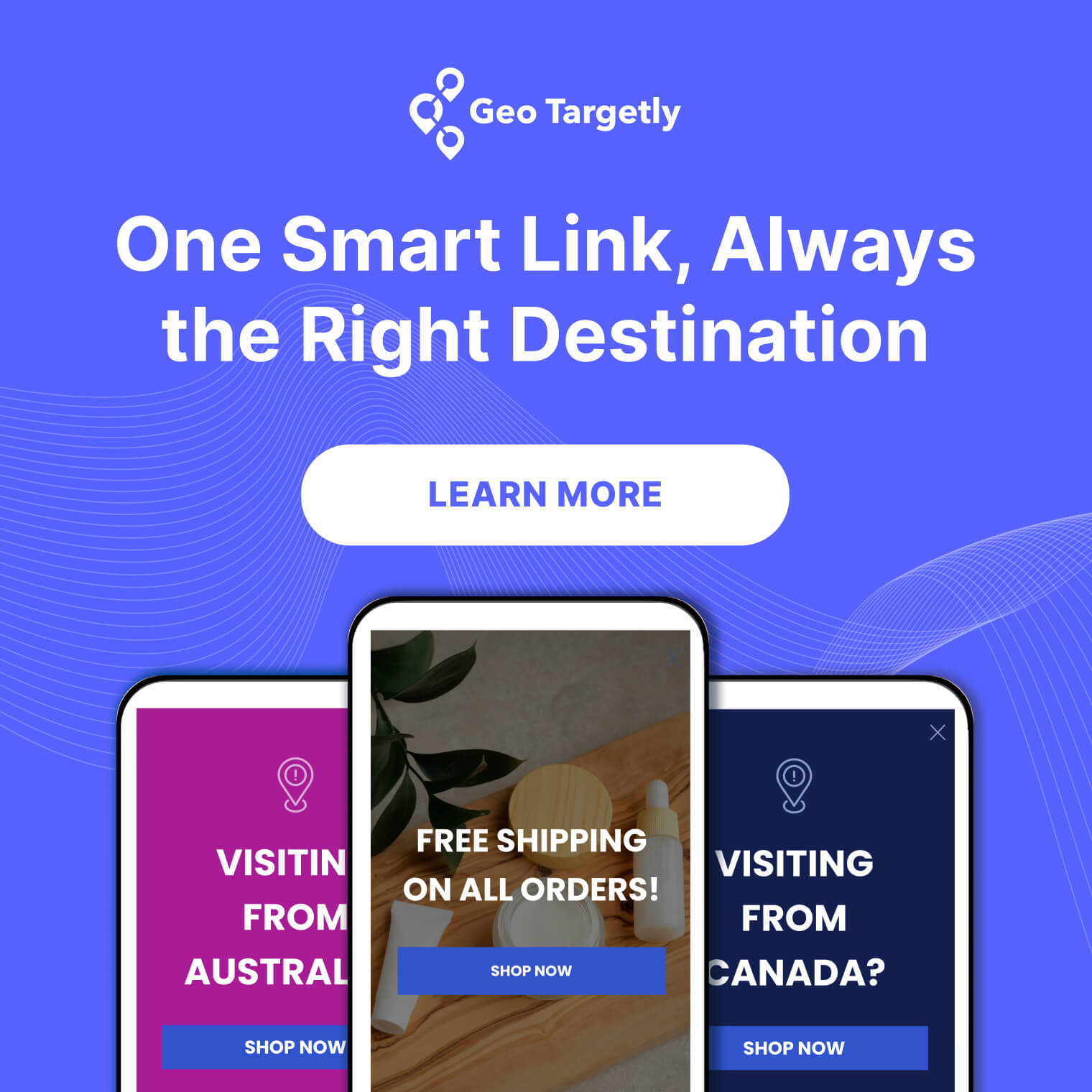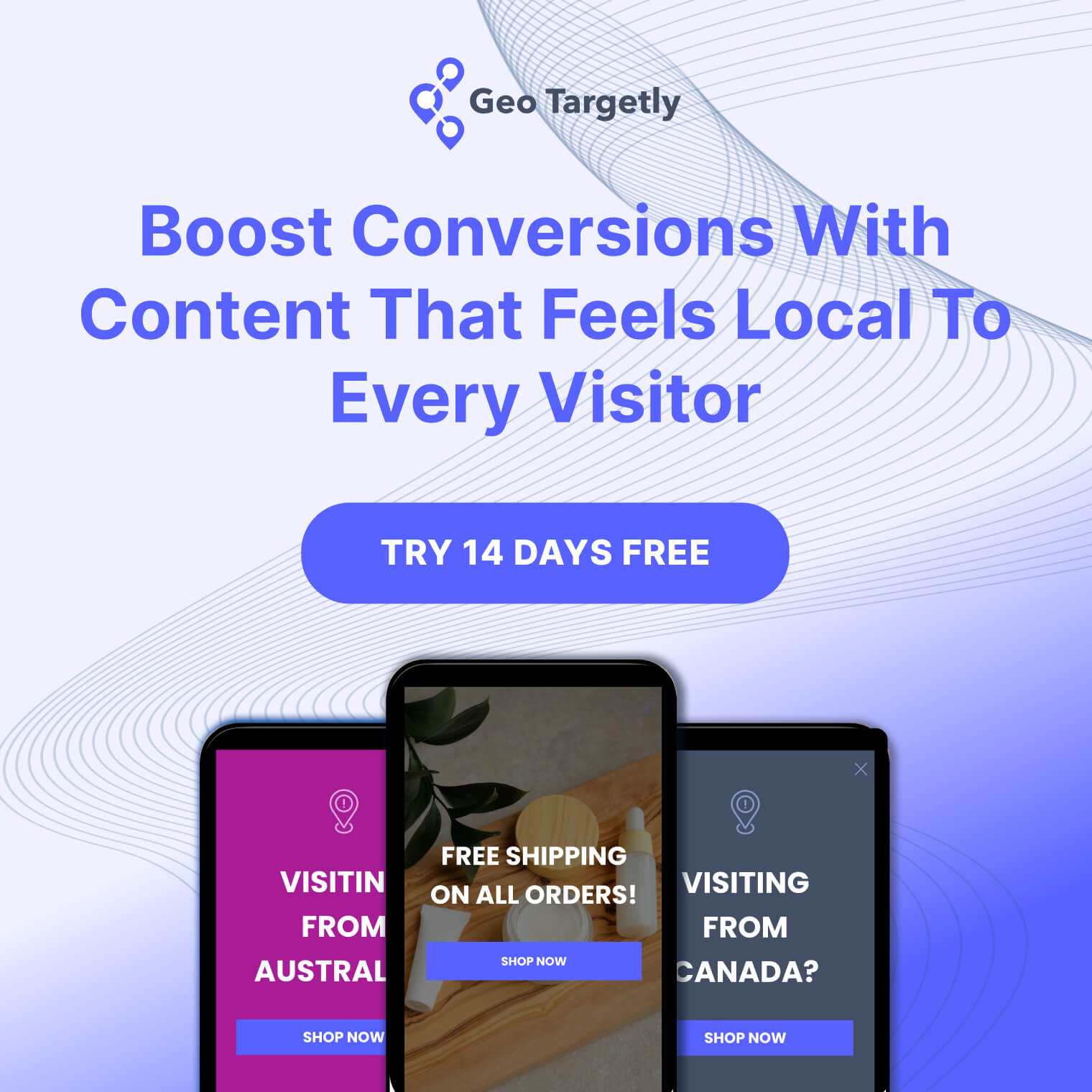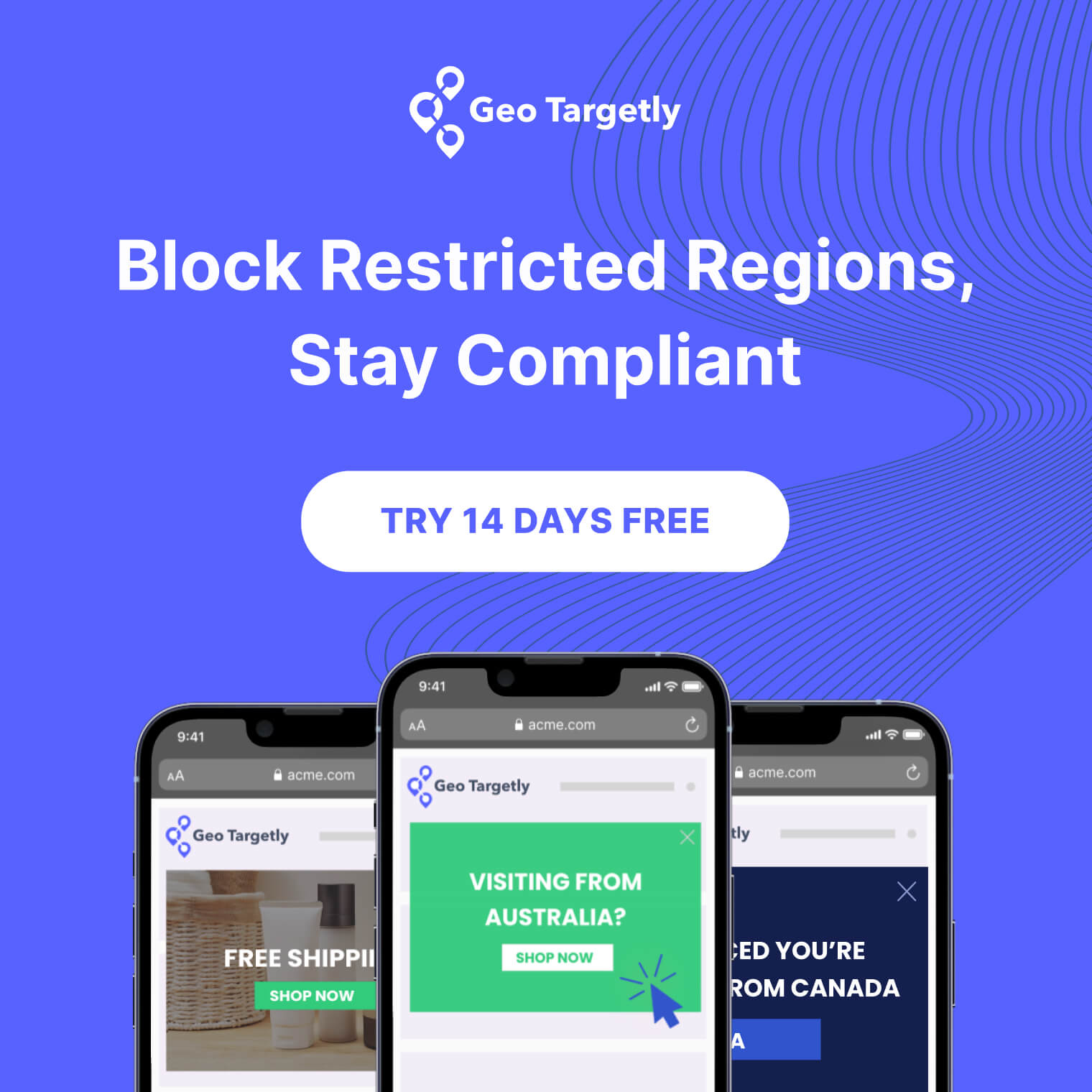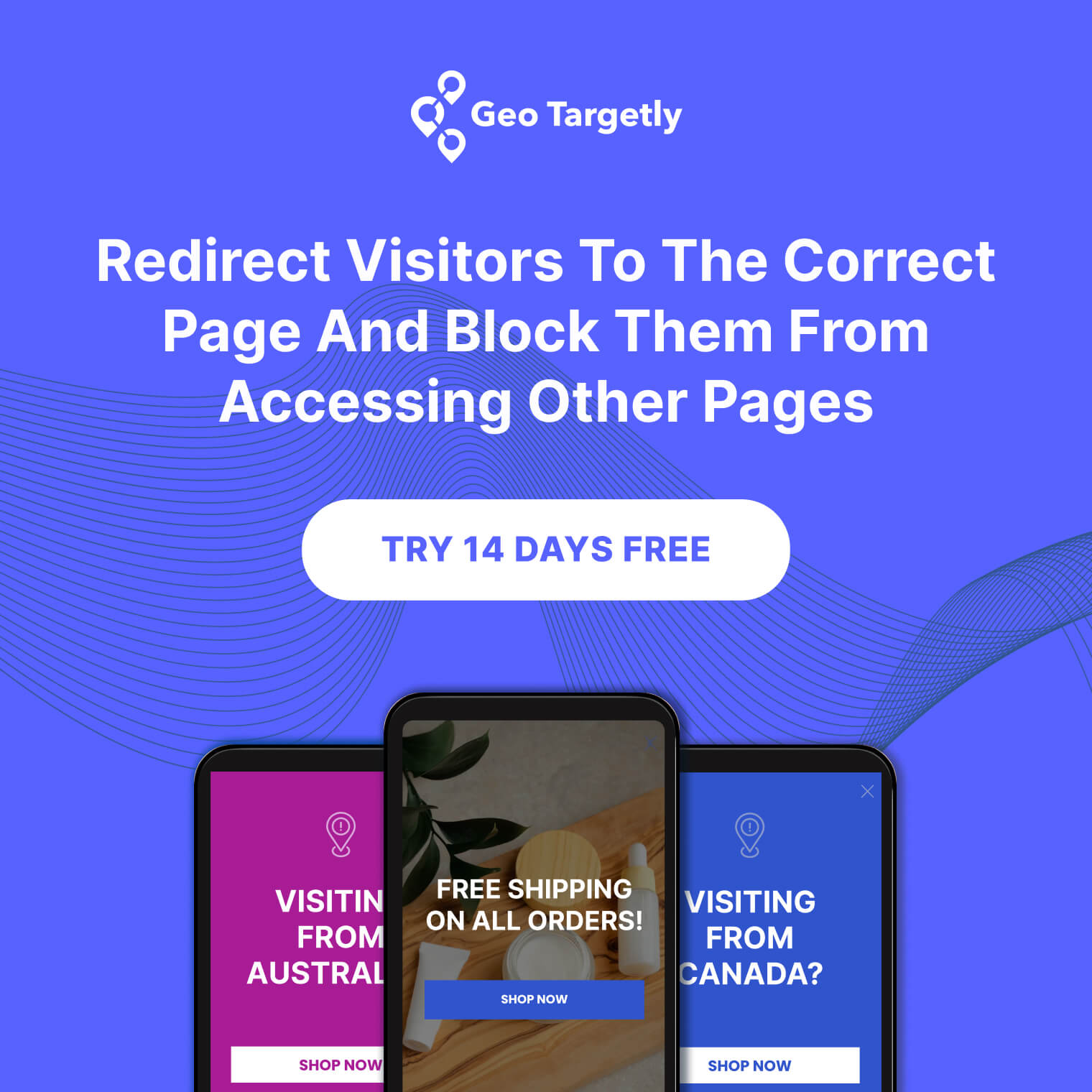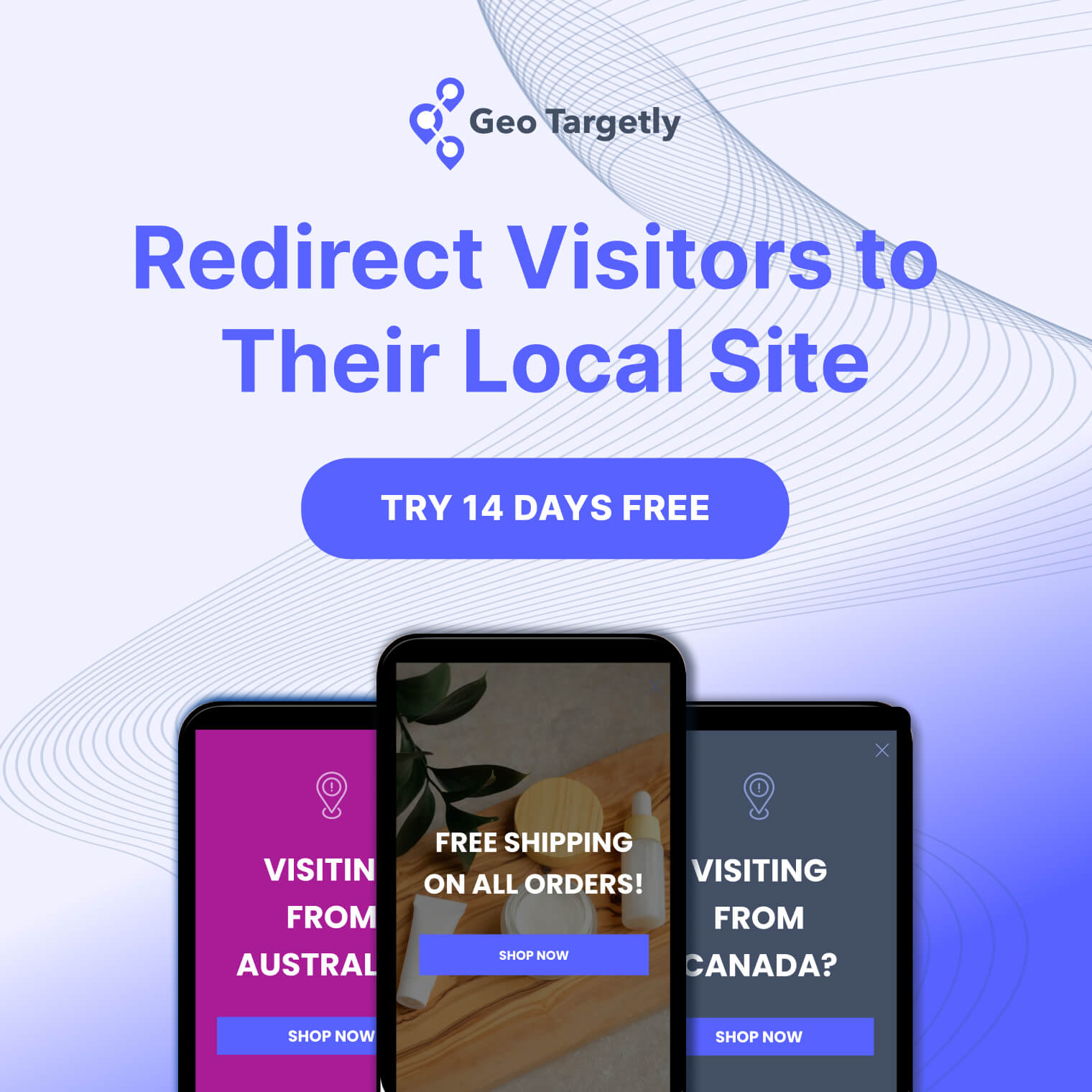

Key takeaways:
- Choose the languages that actually make sense for your business
- Pick the right structure (subdirectory, subdomain, or ccTLD)
- Translate and localize content for cultural accuracy
- Optimize SEO for each language to improve global visibility
- Design a user experience that feels natural in every language
- Maintain your multilingual content without losing control
Expanding into new markets means speaking to people in their language. A multilingual website helps you reach global audiences, improve trust, and increase conversions, but it takes more than translating a few pages.
You need the right structure, SEO setup, and workflows to keep everything consistent and scalable.
We'll walk through how to build that step-by-step and show where tools like Geo Translate can simplify delivery, so you don’t end up managing multiple separate sites.
Let’s start by clarifying what “multilingual” really means, and what separates a translated site from an experience that feels truly local.
Understand what a multilingual website really means
A multilingual website is a site that presents content in more than one language, but it’s not just a direct word-for-word translation. It involves adapting content, navigation, and user experience so each version feels natural to the person viewing it.
Translation vs. localization:
- Translation changes the language of the content
- Localization adapts tone, images, examples, currency, and formatting to match cultural expectations
Multilingual vs. multi-regional:
- A multilingual site serves content in multiple languages
- A multi-regional site may also change pricing, regulations, or product availability based on the user’s location (even if the language stays the same)
Examples of localization in practice:
- Currency and pricing format (USD vs. EUR)
- Date formats (MM/DD/YYYY vs. DD/MM/YYYY)
- Local tone in CTAs and product copy
- Region-specific shipping or legal requirements
The goal is to make each language version feel like it was created specifically for that audience, not just copied and converted.

Step 1: Research and choose your target languages
Before you start translating content or reworking your site structure, you need to decide which languages actually make sense for your business. Choosing the right languages early saves time, reduces complexity, and helps you focus efforts where they’ll drive results.
Start with your existing audience data
Check your analytics to understand who is already visiting or converting:
- Countries and regions with consistent traffic
- Users’ browser language settings
- Conversion rates by location
If a region has traffic + engagement, that’s a strong signal to localize.
Align languages with business readiness
Before adding a language, ask:
- Do we serve this region (shipping, support, pricing)?
- Can we handle customer service in this language?
- Will translation be maintained when content changes?
Pick languages you can support, not just attract.
Avoid assuming “one language = one country”
Some languages span many regions, but regional variants matter:
- Spanish in Spain vs. Mexico
- French in France vs. Canada
- Arabic across multiple regions with differing dialects
If you plan to target multiple regions in the same language, plan for regional localization, not just translation.
Use data to validate language demand
Tools to confirm opportunity:
- Google Analytics or Plausible (traffic + location)
- Semrush / Ahrefs (search volume by language)
- Similarweb / Statista (market size + competitor presence)
Choose languages where intent + demand already exist.
Once you have identified the regions and languages that stick out the most, rank them in terms of priority so you can focus on the ones that will bring the most immediate results.
Start with 1-3 high priority languages. You can expand once workflows and support are stable.
Step 2: Plan your website architecture
Your site structure determines how search engines index language versions and how easy it will be to manage translated content over time. The goal is to choose a structure that balances SEO performance, maintenance workload, and scalability as you add more languages.
There are three standard multilingual website structures:
Option 1: Subdirectories
What it is: All language versions live under the same domain, separated by folder paths.
Example:
example.com/fr/
example.com/es/.
Best for: SaaS, e-commerce stores, blogs, and most global marketing sites.
Why choose this: It gives the best balance of SEO strength and ease of maintenance.
Option 2: Subdomains
What it is: Each language version is placed on a separate “section” of the same domain, using a prefix before the main domain. Search engines treat subdomains as related but separate websites.
Example:
fr.example.com
es.example.com
Best for: Companies with semi-independent regional teams or separate product/service variations.
Why choose this: Use it only if regional infrastructure, hosting, or compliance needs differ.
Option 3: ccTLDs (Country Code Top-Level Domains)
What it is: Each region gets its own country-specific domain name. This approach treats each market as its own fully localized website.
Example:
example.fr
example.de
Best for: Large organizations with dedicated teams per country and deep localization needs (pricing, support, logistics).
Why choose this: Only when each region functions as a separate business unit.
Which one should you choose?
For most websites, the best choice is:
Subdirectories (example.com/fr/)
They:
- Consolidate SEO authority
- Keep analytics and tracking simple
- Are easiest to maintain and scale
Subdomains and ccTLDs only make sense if your organization has separate operational structures per region.
Comparison overview
Important setup notes
- Keep the same navigation across languages to avoid confusion
- Do not auto-redirect users based on IP alone (search engines will not index correctly)
- Make sure each language version is crawlable and linkable
- You will reinforce targeting with hreflang in Step 4
Step 3: Translate and localize your content
Translation changes the language. Localization adapts the experience. To make your multilingual site feel natural, you need to adjust not only text but also tone, formatting, and cultural references so each version reads like it was written for that audience.
Translate content for clarity, not just accuracy
Machine translation tools like Google Translate can handle basic copy, but they often miss context, tone, and intent.
Instead, use professional translators or localization services that understand your brand voice and audience.
If you’re working with limited resources, prioritize high-impact pages first:
- Homepage and landing pages
- Product descriptions
- Checkout and pricing pages
- Key CTAs and popups
Localize offers, formats, and cultural references
A good experience means adapting to how people in each region expect to interact with your brand.
Here are a few things to localize:
- Currency and pricing: Show prices in local currency. You can set exchange rates manually or let them update automatically.
- Units of measurement: Switch between metric and imperial depending on region.
- Date and time formats: Adjust formats to match local conventions
- Images and visuals: Swap out graphics or photos that reflect regional culture or demographics.
- Promotions and holidays: Tailor offers to local events. For example, a “Back to School” sale in the US probably won’t align with school calendars in Australia.
Step 4: Optimize for SEO in every language
Each language version of your site should be optimized as its own SEO variation. Search terms, user intent, and competition differ by region, so your titles, metadata, and keyword targeting need to match how people search in that language.
Research keywords in each target language
Start with native keyword research. Don’t just translate your English keywords; search intent often shifts across cultures.
Use tools like:
- Ahrefs or Semrush with location filters
- Google Keyword Planner set to specific countries and languages
- Ubersuggest with region-specific settings
For example, someone in Spain might search for “comprar zapatillas deportivas” instead of the direct translation “comprar zapatos de deporte.” Both mean “buy sports shoes,” but only one matches local search behavior.
Work with native speakers or regional SEO specialists when possible. They’ll catch nuances that tools miss.
Use hreflang tags correctly
Hreflang tags tell search engines which language version of a page is meant for which audience. Without them, your translations might compete with each other in search results.
Add hreflang annotations to your page headers or sitemap to signal language and regional targeting.
For example:
<link rel="alternate" hreflang="en-us" href="https://example.com/en-us/" />
<link rel="alternate" hreflang="fr-fr" href="https://example.com/fr-fr/" />
<link rel="alternate" hreflang="es-mx" href="https://example.com/es-mx/" />
Each localized page should reference all others in the group, including itself. This helps Google avoid duplicate content issues and serve the right version to the right audience.
Localize metadata, not just page content
Your title tags, meta descriptions, and even image alt text should be written in the target language with localized keywords.
Example:
English title tag:
“Affordable Web Hosting for Small Businesses | HostCo”
French title tag:
“Hébergement Web Abordable pour Petites Entreprises | HostCo”
Avoid machine translation for metadata. These are high-impact SEO elements, so strongly consider getting a native speaker or professional translator involved.
Build local backlinks
Backlinks still matter. For localized pages to rank, they need links from local domains and sources.
Here’s how to approach it:
- Pitch guest posts to regional blogs or media
- List your business in local directories
- Partner with influencers or creators in your target market
If your Spanish-language product page only has backlinks from English sites, it’s unlikely to rank well in Spain or Mexico.
Use localized URLs
Localized URLs help search engines understand which language or region a page is intended for. Use language-specific URL paths or subdirectories to keep versions organized and indexable.
Example formats:
example.com/en-us/
example.com/fr-fr/
example.com/de-de/
Avoid relying on automatic redirects based on IP alone. Geo Targetly’s Geo Redirect lets you personalize the experience without interfering with SEO, so you can serve location-based content while keeping URLs crawlable and indexable.
Don’t forget site speed and mobile performance
Performance still matters. If one language version loads slower than another, search rankings and engagement will drop in that region. Make sure your hosting, caching, and image optimization apply consistently across every language version.
A few quick checks:
- Use a content delivery network (CDN) so international visitors aren’t requesting assets from a server on another continent
- Compress and resize images consistently across language versions
- Test Core Web Vitals by location (not just globally)
This keeps your localized pages competitive in search, especially in regions where mobile connections vary.
Step 5: Design for a multilingual UX
A multilingual site has to feel intentional in every language. The structure, spacing, and UI elements need to adapt without breaking layout or clarity.
Language switchers
Make the language switcher easy to find, ideally in the header. Use the language names (for example, “Français,” “Español”), since flags don’t always represent languages accurately.
If the site detects a visitor’s language automatically, still let them change it manually.
Right-to-left languages
Languages like Arabic and Hebrew read right to left, which affects more than text direction. Navigation, icons, form layouts, and spacing may also need to flip.
It’s easiest to use CSS logical properties so you aren’t maintaining separate layouts.
Layout and text expansion
Some languages take up more space than others. A short English button label might become much longer in German or French.
Use flexible layout elements instead of fixed widths, and check how menus and headings look at mobile, tablet, and desktop sizes.
Forms, formats, and on-page details
Adjust currency, date formats, phone number formats, and address fields so they match what people expect locally.
Error messages, placeholder text, and help text should also be translated to avoid breaking the experience at key moments.
Step 6: Test, launch, and maintain
Take time to test everything before going live. Small inconsistencies are easy to miss when multiple languages are involved.
Pre-launch checklist
Make sure:
✅ Hreflang tags are set correctly and reference all language versions.
✅ Translations are complete, accurate, and consistent with your brand tone.
✅ Navigation menus, buttons, and CTAs work across all language versions.
✅ Forms accept local formatting (addresses, phone numbers, dates, currency).
✅ Page layouts hold up where text expands or contracts.
✅ Images, icons, and other visual elements display correctly in each version.
A quick manual walkthrough in each language as if you’re a first-time visitor can reveal friction points faster than content review alone.
After launch
Keep the experience aligned as your content and product evolve:
✅ Track organic traffic and engagement by language to see performance differences.
✅ Compare conversion rates across locales to identify where deeper localization may help.
✅ Update translations when new features, pages, or campaigns roll out.
✅ Periodically review pages for outdated, inconsistent, or untranslated copy.
✅ Monitor search performance to avoid duplicate content or indexing issues.
A multilingual website isn’t static. Maintaining accuracy and relevance is an ongoing routine that strengthens trust and improves conversions over time.
Step 7: Measure ROI and scale to new markets
The goal here is to learn what’s working, what needs refinement, and where expanding makes sense.
Evaluate performance by region
Look at how users in each language or region interact with your site:
- Organic traffic and search impressions
- Engagement metrics like time on page or bounce rate
- Conversion rate for key actions (sign-ups, purchases, inquiries)
With this data, you can see which languages are driving meaningful growth versus which ones may need more localization work.
Calculate ROI per market
A multilingual rollout is an investment. Compare the cost of translation, support, and ongoing maintenance to the revenue or conversions gained from each market.
Sometimes smaller regions outperform bigger ones because the content resonates better.
Use performance data to decide where to expand
Instead of translating everything at once, treat each language as a test:
- Double down on languages that show strong traction
- Improve localization in markets with high traffic but low conversion
- Delay expansion into markets where customer readiness isn’t there yet
This approach keeps your international strategy focused and sustainable.
At this point your multilingual framework is in place. You have chosen your target languages, localized your content, structured your URLs, optimized for SEO, and prepared a scalable workflow for updates. You are no longer just translating pages. You are building a genuine global user experience.
Before we wrap up, let’s look at some common mistakes that teams often run into during maintenance.
Common mistakes to avoid
Even well-planned multilingual sites can run into issues. Here are the most common ones to watch for:
- Translating pages one by one with no system in place, which makes the site harder to maintain over time
- Skipping hreflang setup, causing Google to show the wrong version of a page to the wrong audience
- Using flags for language selection, which can confuse users (Spanish ≠ Spain, Portuguese ≠ Portugal, etc.)
- Not testing navigation, spacing, or layout with languages that expand text or use right-to-left scripts
- Updating the primary language only and forgetting to update translated versions, leading to mismatched content and tone
Avoiding these pitfalls makes the rest of your multilingual strategy much smoother. With the foundations in place, you’re ready to maintain consistency and continue improving the experience over time.
Conclusion
A multilingual website works when it feels natural to the people using it. That comes from choosing the right languages, structuring your site in a way that’s easy to maintain, translating with context, and keeping SEO and UX aligned across every version. It takes planning and consistency, but once the structure is in place, maintaining multiple languages becomes much easier.
Localized experiences build trust, reduce friction, and they open your product or brand to people who wouldn’t engage otherwise.
If you want a simpler way to manage translations and automatically show visitors the right language, our Geo Translate feature can help. It lets you run everything from one website and serve the correct language version automatically, without rebuilding pages or juggling multiple sites.
One setup. One site. The right language for every visitor.
FAQ's
What’s the best structure for a multilingual website (subfolder, subdomain, or ccTLD)?
The best structure depends on your goals. Subfolders (example.com/fr/) are usually easiest to manage and keep SEO authority consolidated. Subdomains (fr.example.com) offer separation but require more maintenance. ccTLDs (example.fr) help with trust in specific regions but are the most expensive and time-intensive to maintain.
Should I use automatic translation or hire translators?
Automatic translation is faster and cheaper, but it often misses tone, phrasing, and cultural context. Human translation is more accurate but costs more. Many teams use a hybrid model: machine translation for draft content, followed by human editing before publishing.
How does hreflang affect SEO?
Hreflang tags help search engines understand which language version of a page should appear for each user. Without them, Google may show the wrong version of your content or treat translations as duplicates.
How do I keep all languages updated consistently?
Create a content workflow. For example, publish in your primary language first, then queue new or changed content for translation. Using a translation management system (TMS) or a shared editorial calendar helps prevent versions from drifting out of sync.
How can a localization tool help?
A localization tool simplifies how multilingual content is stored, updated, and displayed. Instead of creating and editing separate page versions manually, you manage translations centrally and apply them across the site. This keeps workflows more efficient as you scale.









